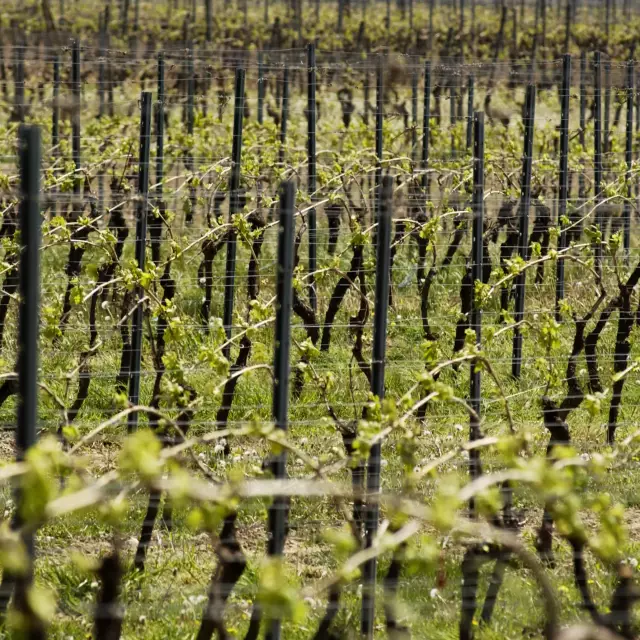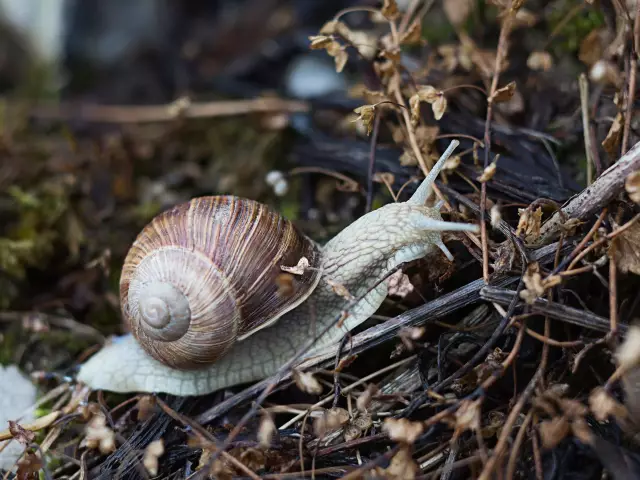Climate & Weather

Warm temperatures in the spring increasingly provide early budding. Then night frosts can be dangerous for the young shoots.
Facts
-
1.300 h
of sunshine
-
15 °
average temperature
-
400-500 mm
precipitation
Climate and Weather
Climatic requirements for grape-growing
In terms of climate, the minimum requirements include:
- 1,300 hours of sunshine annually
- an average temperature of at least 15°C (59°F) during flowering and
- 18°C (64°F) during vegetation
- annual precipitation of at least 400-500 ml per square meter.
Germany's climate
The bulk of precipitation in Germany occurs in the summer, while in the southern wine-growing countries, it rains primarily in the spring, autumn and winter. Here, rainfall generally decreases during the final stage of ripening; in the south, rainfall increases dramatically as the harvest approaches. These climatic factors have a pronounced influence on German wine.
Moderately warm summers, favorable amounts of precipitation during vegetation and the long ripening period enable the grapes to develop and retain their fruity acidity - the hallmark of German wines, particularly the whites. In Germany, the quantity and quality of each vintage depends considerably on weather conditions, a factor that plays much less of a role further south.
Challenges of climate change
Climate change presents German winegrowers with new challenges every year as weather conditions become more unpredictable and extreme.
For example, in 2020 only one winemaker harvested ice wine due to the overly mild climate, and bud burst and flowering is starting earlier than ever before.
Overall, however, German winegrowers here at the northern edge of the winegrowing world benefit from the increased average temperatures of recent years, so long as overly dry summers do not occur regularly.
The danger of late-ripening grape varieties not reaching optimal ripeness has long ceased. With their traditional grape varieties, German producers are still well positioned for the near future.
Frost risk and possible measures to counteract this
Warm temperatures in spring ensure that the vines shoot early but then night frosts become a danger for these young shoots. Starting at -1 ° C, it can become critical for the vine. Winemakers use small wind turbines, fan heaters, frost candles or even helicopters, to try to push the frost out of the rows of vines:
- Small stationary wind turbines, about 20 meters high, swirl the air so that warmer and colder layers mix and prevent ground frost. However, the investment costs are high: With a wind turbine costing around 30,000 euros, around five hectares of vineyards can be protected from frost.
- The same effect over larger areas can be achieved with the use of helicopters. However, in many cases they are only allowed to fly from dawn and this is extremely expensive.
- Frost candles can help on smaller areas: These are small metal drums that burn paraffin, creating a pull in the vineyard and thus circulating the air. However, hundreds of such candles must be placed per hectare to achieve the desired effect.
- Fruit growers often try to protect their cherry, apple and pear trees with fan heaters or a so-called frost sprinkler.
- Valerian preparations against frost are applied in biodynamic cultivation. Even though it is still largely unclear scientifically why and how valerian raises the ambient temperature by up to 2 ° C, winegrowers have already had good experiences with it. This can also work to a limited extent if frost damage has already occurred.
Which is the hottest wine-producing city in Germany?
This title is held by Freiburg im Breisgau with an annual average of about 10.5°C, followed by Oppenheim in Rheinhessen.




